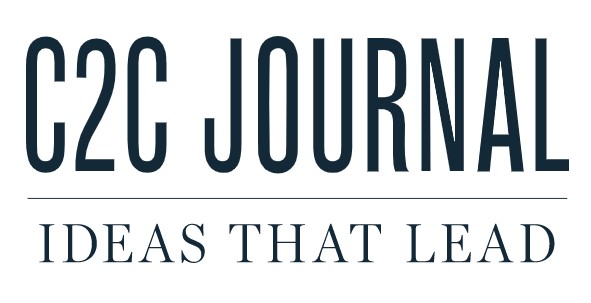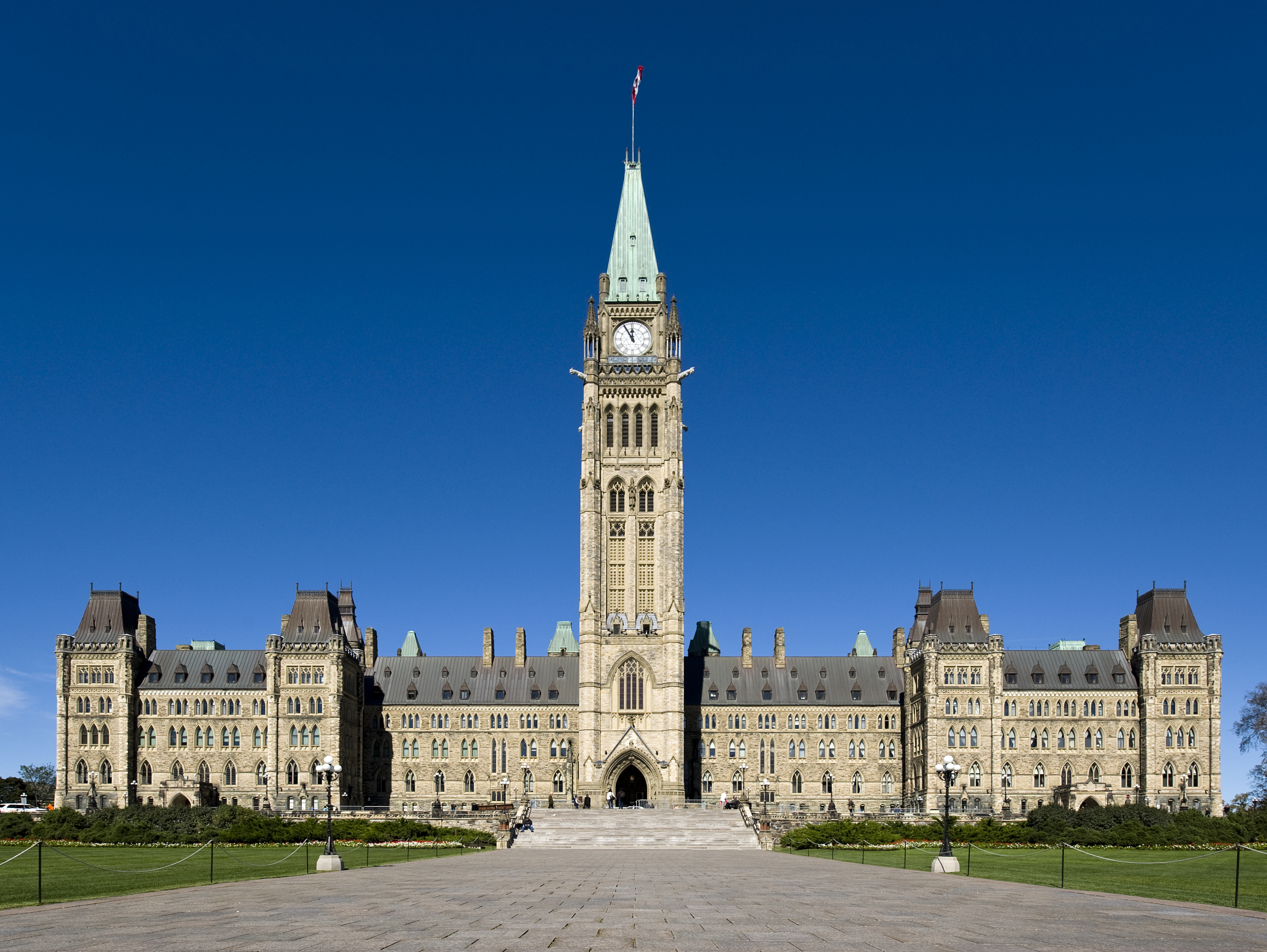The world over, peoples have long celebrated June 21, the longest day of the year. So, in 1996 then Governor General Romeo LeBlanc proclaimed this day as the National Indigenous Peoples Day.
On June 21, and with Canada Day also approaching, Indspire will present its annual awards to First Nations, Inuit, and Métis achievers. Among this year’s recipients is Michelle O’Bonsawin, a judge on the Supreme Court of Canada. Earlier laureates include Noah Carpenter. Born on the trapline, he attended school in Inuvik while staying at the Stringer Hall, the Anglican hostel. Graduating from high school in 1963, before progressive education took hold, he became a renowned thoracic surgeon. Another laureate is Douglas Cardinal who also attended an IRS, in Alberta. He was the architect for Canada’s Museum of Civilization and the National Museum of the American Indian in Washington, DC.
Unfortunately, these two laureates stand out as exceptions for their intellectual and technological prowess. With the fur trade defunct, Canada has never resolved whether to enable the next generations of Indigenous people to become equal citizens in our high-tech economy, or whether they should live according to some version of their traditional lifestyle.
The 1995 Royal Commission on Aboriginal Peoples’ report on suicide, Choosing Life, said the challenge in bleak terms:
Aboriginal youth described both exclusion from the dominant society and alienation from the now-idealized but once-real “life on the land” that is stereotypically associated with aboriginality. The terrible emptiness of feeling strung between two cultures and psychologically at home in neither has been described in fiction and in art…. If they have few positive role models or clear paths to follow, Aboriginal youth may be forced to turn to one another, building tight bonds against a hostile world. This inward-looking subculture may reinforce hopelessness and self-hate, and their exits may appear to be the oblivion of drugs and alcohol—or death.
Three decades on, two commissions of enquiry later, and in parallel with the expansion of an Indigenous middle class, conditions have collapsed even more for the burgeoning underclass. Among the marginalized, there is shocking incidence of suicide, addictions and homelessness, teenage pregnancy with increasingly more FAS-afflicted children in care, crime and incarceration, and multi-generational unemployment and unemployability.
For remediation, current orthodoxy promotes self-determination, collective or tribal governance, and community-based capitalism. However, many scholars, including Colin Turnbull, Lawrence Harrison, and Samuel Huntington, have pointed out that the mindset of the hunter-gatherer-trapper is incompatible with the culture of thrift, structure, and regular working hours that is necessary for business and commerce. Put another way, for all the unquestionable smarts Indigenous people are born with, their traditional culture is not oriented toward replicating a Hutterite colony. In fact, my reading shows that the much-vaunted Osoyoos success story would not be viable without substantial government support and tax-free status. Also, there are anecdotal reports that their young people do not deploy the work ethic of older band members.
Another problem with self-determination arises from the UN’s Declaration on the Rights of Indigenous Peoples (UNDRIP). Surprisingly, this UN document embodies the mission statement of a 1958 speech by Hendrick Verwoerd, architect of apartheid in South Africa: “The policy of separate development is the basis of the happiness, security and stability which are maintained by means of a homeland, a language and a government peculiar to each people.”
South Africa’s Tomlinson Commission studied the economic viability of reserves—as none of Canada’s recent commissions ever did. It concluded that Bantustans, as they came to be known in South Africa, could be workable only with massive subvention, which the government declined to deliver.
Still, few Canadians have any conception of how dreadful things are in violence-wracked remote settlements—what Farley Mowat called unguarded concentration camps in the 1974 preface to his book People of the Deer—and in urban slums. It has eluded the notice of many Canadians that Indigenous people who are educated and skilled, and engaged in or preparing for rewarding employment, seldom get into trouble. Pushing back against integration except for themselves, the Indigenous elite never advocate for the education and skills-training, sports and recreation, and opportunity for a rewarding career that they had in their own childhood and youth. Or which the Indspire award recipients received. When anyone actually asks them, marginalized Indigenous youth yearn for the vision of Chief Dan George, in his 1967 Canada Day Lament for Confederation speech:
Oh God! Like the thunderbird of old I shall rise again out of the sea; I shall grab the instruments of the white man’s success—his education, his skills—and with these new tools I shall build my race into the proudest segment of your society.
Of course, being proud of your race can be wonderful, but substantially more social and economic success, as shown by Douglas Cardinal, Noah Carpenter, and Michelle O’Bonsawin, is needed. Canada’s Indigenous policies should be directed towards this goal.
Colin Alexander was publisher of the Yellowknife News of the North and the advisor on education for Ontario’s Royal Commission on the Northern Environment. His latest book is Justice on Trial: Jordan Peterson’s book and others show we need to fix the broken justice system.



